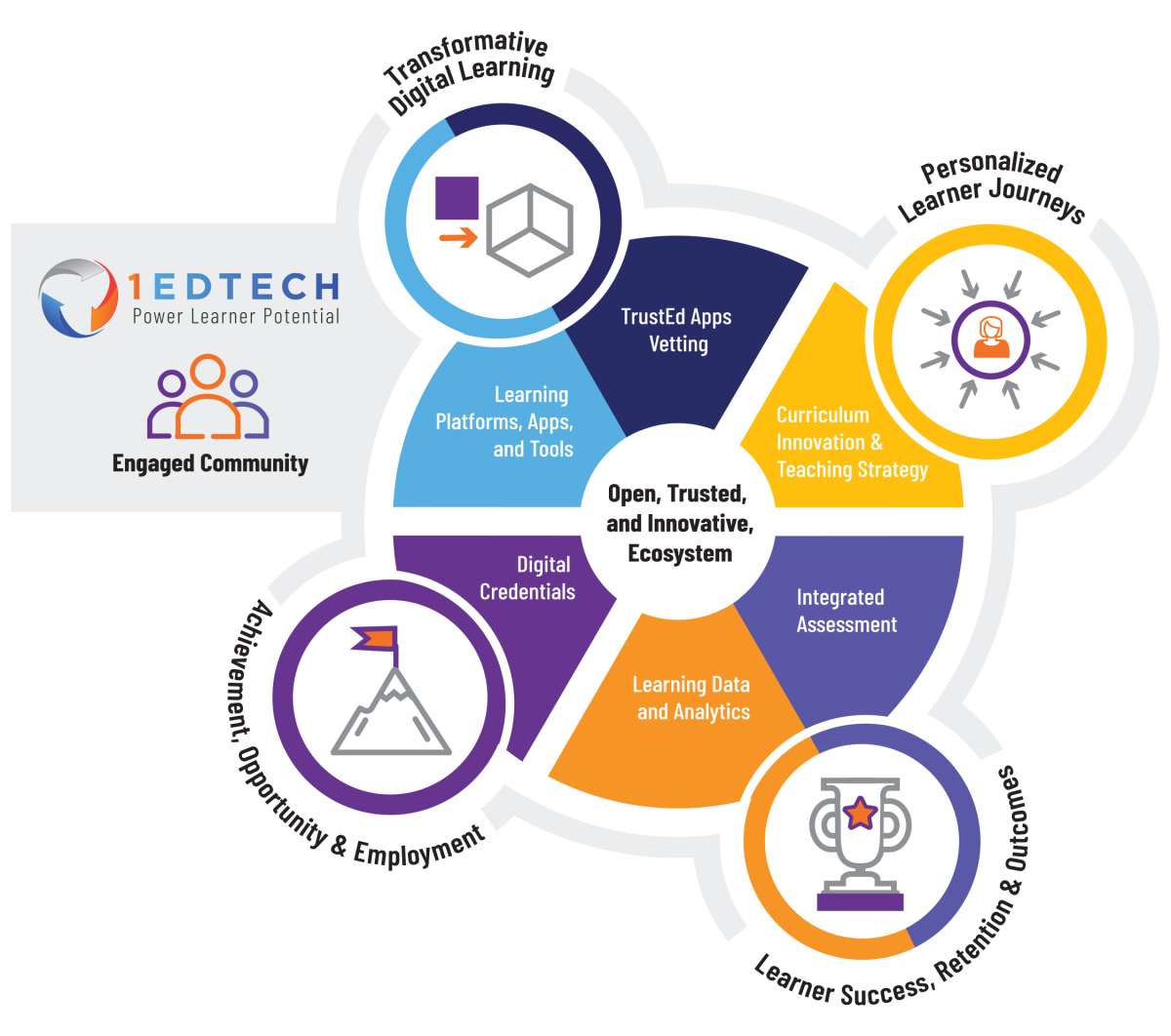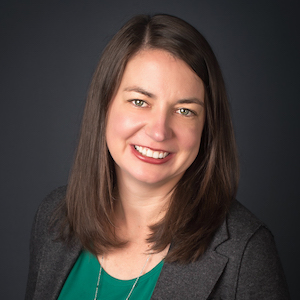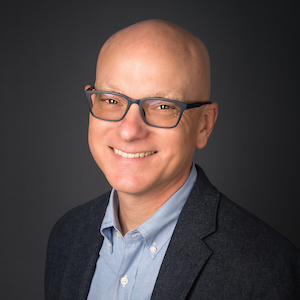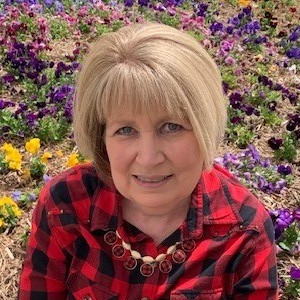 Opportunities in a New Age of Hiring
Opportunities in a New Age of Hiring
Contributed by:
Rob Abel, Ed.D., Chief Executive Officer, 1EdTech
March 2023
The 2023 Digital Credentials Summit Signals Opportunities for Higher Education and K-12 in a New Age of Hiring
After last week’s annual 1EdTech Digital Credentials Summit, I can report that there is an increased level of urgency and motivation in higher education institutions serving new majority students. Over 60 higher ed institutions attended, representing the who’s who of higher education innovation, including Arizona State University, Southern New Hampshire University, Western Governors University, numerous representatives from community colleges, and a diverse set of R-1 institutions. Several larger-sized school districts and state agencies represented K-12. Not a collection of organizations that typically hangs out with one another.
The common thread among all the attendees was that well-designed digital microcredentials are becoming a key strategy to improve student engagement, achievement, and success. There is no question why. Skills-based hiring, supported through digital credentials, has strong promise to address multiple goals of equity, affordability, and meeting the ongoing demands for qualified labor. Microcredentials are clearly becoming the “missing link” that can bolster the value of higher education in an age where that value is being questioned.
I have no qualms saying that we have now reached a critical mass of higher education institutions and state departments leading the digital credentials movement forward with the goal of improving how educational experiences connect learners to employment and life opportunities. Now in its seventh year, this is the first time I feel the micro-credentials movement has reached this threshold.
The most advanced institutional leaders are already effectively engaging with industry and employers to learn their specific needs and align their programs with those needs. Although more must be done to educate the community on how to approach the important work of industry engagement strategically, community colleges are leading here due to the urgency brought about by enrollment declines.
Meanwhile, employers can see the benefits of skills-based hiring and aren’t waiting for educators to meet those needs. Instead, those with the resources to move independently are upskilling their employees with “all of the above” strategies to access quality and relevant learning programs, including those offered by commercial training providers, strengthening partnerships with institutions, or forming industry sector training coalitions.
The product ecosystem is also maturing rapidly. 1EdTech’s Open Badges and Comprehensive Learner Record (CLR) standards allow digital credentials to be instantly verifiable, high quality, shareable across platforms, trackable, and usable throughout a lifelong learner journey. There are now 31 platforms certified to the 1EdTech Open Badges standard. These certified platforms have issued over 74 million open badges.
While some institutions are moving fast because of their unique opportunities, we all know that getting to digital microcredentials as the norm will gradually shift, and success will require movement by employers as well.
1EdTech and Northeastern University’s Center for the Future of Higher Education & Talent Strategy previewed new research at the conference. The report explores how HR talent acquisition technology systems handle educational credentials and skills data. Through interviews and demos with major talent acquisition technology providers and a review of APIs and documentation, this analysis, made possible through funding by Walmart, highlights the limitations and opportunities associated with these systems and the use of open standards, and recommendations to move the field forward. Our hope is that this publication can begin to close the data gap between learning and hiring by beginning to articulate a roadmap for better alignment.
We will keep the summit’s momentum going at this year’s Learning Impact Conference, June 5-8, in Anaheim, California. Whether your institution is relatively advanced in adopting digital microcredentials or just getting started, we’ll have in-depth sessions and collaborators to accelerate your journey.

 So, You Want to Win a Learning Impact Award
So, You Want to Win a Learning Impact Award



 Jim Ireland is the executive leader of the HR Open Standards Consortium, an independent, non-profit, volunteer-led organization dedicated to developing and promoting a standard suite of specifications to enable human resource-related data exchanges.
Jim Ireland is the executive leader of the HR Open Standards Consortium, an independent, non-profit, volunteer-led organization dedicated to developing and promoting a standard suite of specifications to enable human resource-related data exchanges. Mark Leuba is a technology leader in education with particular expertise in online and competency-based education. Mark's role in 1EdTech is to guide its product management strategy and team, building on the substantial success of the 1EdTech founding team.
Mark Leuba is a technology leader in education with particular expertise in online and competency-based education. Mark's role in 1EdTech is to guide its product management strategy and team, building on the substantial success of the 1EdTech founding team.


